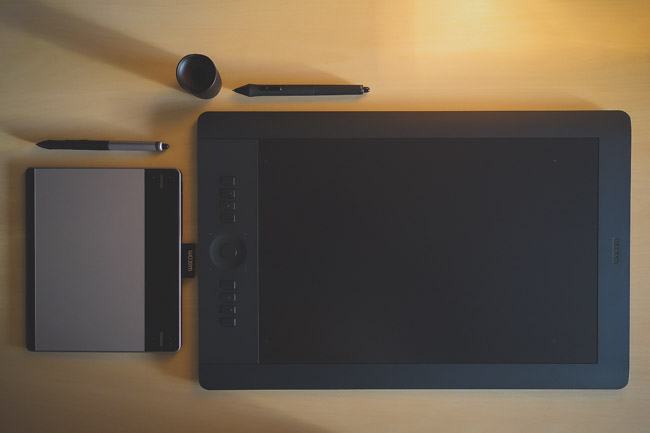
Retouching a photo is one of those things that are both loved and detested at once. The ability to transform and or perfect and image within Photoshop is largely gratifying, but can be tremendously irritating and time consuming if your processes are are off. Perhaps even more problematic is when you are doing something 99% correctly but the results shows as if you’ve done 80% wrong. Essentially what I’m getting at is, the devil is in the details of the methodology. A simple example? Using the healing brush tool when doing skin retouching and using a very soft edge.
It’s probably pertinent at this point to interject that if you’re clear on your purposes and intended outcomes, no one can tell you what not to do, and there are numerous instances where using the Healing Brush with a soft edge is the preferable way to go. However, for the sake of argument here this video from RAW.Exchange demonstrates an occasion where having the Healing Brush with a hard edge is truly advantageous.
Before that, however, Stefan essentially insists on users switching to the old legacy algorithm for the Healing Brush. This is something many have done, is easy to do, but I don’t believe is necessary for everyone. In fact there are 4 variations of the healing brush you can use. If you’re familiar with this then skip ahead, if not, here’s a breakdown of the Healing Brushes:
Healing Brush As Per Photoshop update 2015.1
If you’ve done the update, this is what you got ‘outta the box.’ It is a healing brush that does have the ‘live’ view healing, but can be tempered with a ‘Diffusion’ slider marked from powers of 1 to 7. Essentially, what this means is you get to control the level of healing of the area. To be honest, I haven’t used this very much yet to comment, but I am so used to the old ways I’ll probably stick with it.
LegacyHealingBrush161 1:
Photoshop CC 2014 and earlier healing brush algorithm (i.e. Legacy), non-realtime user interface feedback.
This is supposed to be a throwback to those who want the healing brush to function as they’ve been used to in past generations of Photoshop, without the new engine, and without real-time feedback.
LegacyHealingBrush161 0:
Photoshop CC 2015 real-time algorithm with real-time user interface feedback.
This is the brush that came standard with Photoshop CC 2015 prior to the latest ‘.1’ update. It’s the one I spoke of in the intro to this piece, where you’ve got live view of healing where it doesn’t wait for you to make your entire selection, and it does not have a diffusion option.
LegacyHealingBrush161 2:
Photoshop CC 2015 real-time algorithm with no real-time user interface feedback.
Alright, this is arguably the most interesting option and the one I currently have set. It effectively is using the same engine, which should assist with speed theoretically, but does operate more like healing brushes of yore, where you make your selection, and then it goes to work.
The argument against it, however, is that it seems to actually just delay what it shows you ‘live’ and is actually doing the ‘healing’ live anyway, so the results may be the same as they have been in my experience. As I’ve said, I’m not much bothered and I haven’t seen much of a difference on the few files I’ve worked on for it, though some higher end retouchers have given word that it’s not quite as good.
This last option is arguably the most interesting and the one I currently have set. It effectively is using the same engine, which should assist with speed theoretically, but does operate more like healing brushes of yore, where you make your selection, and then it goes to work.
The argument against it, however, is that it seems to actually just delay what it shows you ‘live’ and is actually doing the ‘healing’ live anyway, so the results may be the same as they have been in my experience. As I’ve said, I’m not much bothered and I haven’t seen much of a difference on the few files I’ve worked on for it, though some higher end retouchers have given word that it’s not quite as good.
[RELATED Photoshop Tip | Split Your Screen For One Image To Maximize Efficiency]
Using A Hard Edge:
Essentially when you use a soft edge the perimeter of the brush is less defined, or ‘blurred’ if you will. In many instances this is preferable because you can use the tool and have a feathered blending effect which helps blend in. However, if you’re using it with repeated brush strokes in the same area, particularly with skin, it can become problematic as each brush stroke has a soft perimeter and the repetition can cause a significant overall blurring effect.
One solution is to harden the edge of the tool to 100%, though many do it to about 80% as to not have a totally hard edge but mitigate some soft effects. This can serve you well, especially in small areas of areas with relatively uniform lighting and texture. Definitely give the video a look for a visual experience.
Source: DIYPhotography







Get Connected!